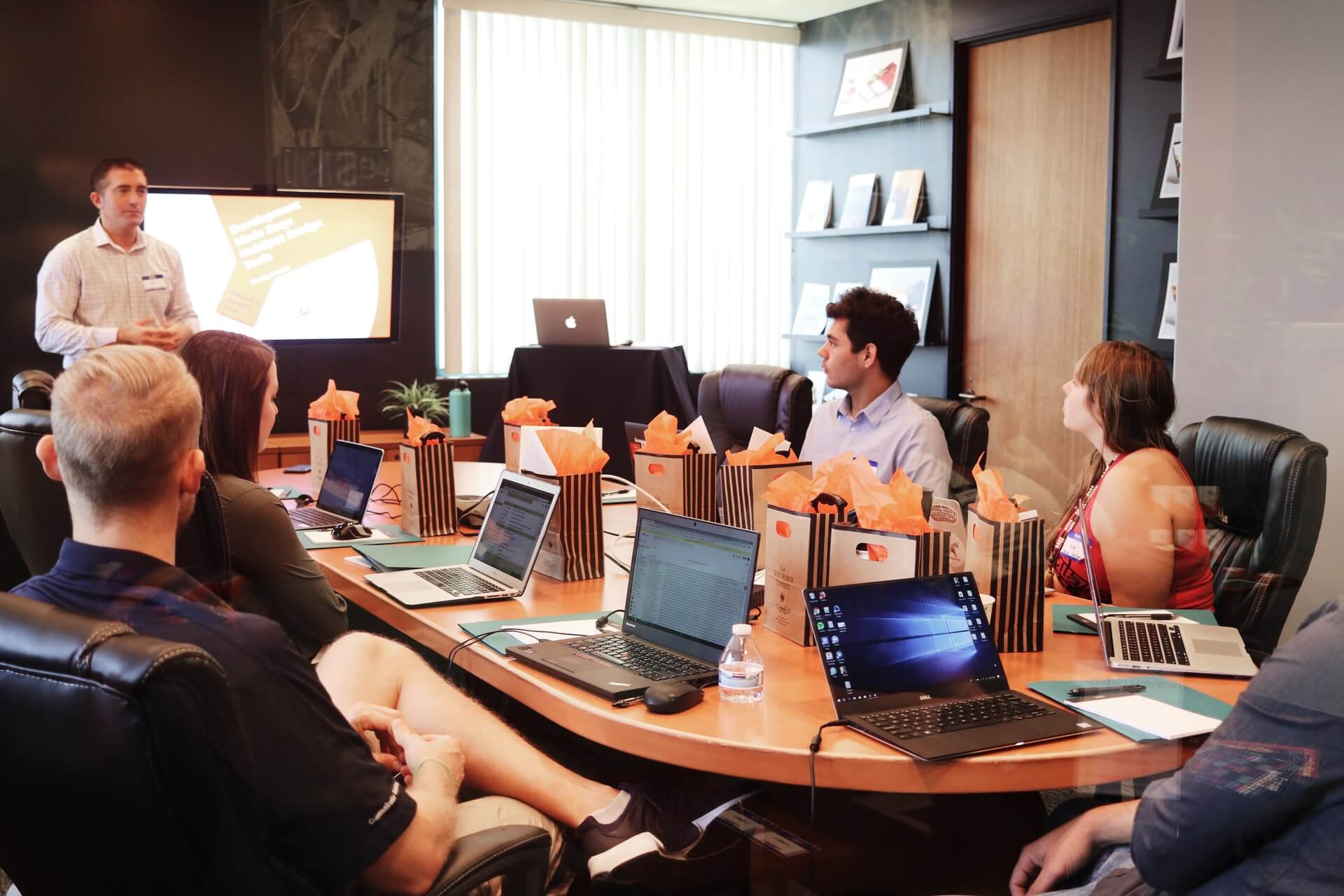 During your presentation you ask a question…nothing. You crack a little joke…crickets. You start to sweat a little. What is happening? Is this a hostile audience? Did you just offend someone? Is there something in your teeth?
During your presentation you ask a question…nothing. You crack a little joke…crickets. You start to sweat a little. What is happening? Is this a hostile audience? Did you just offend someone? Is there something in your teeth?
Before you go into a tailspin of doubt and worry, ask yourself if it is possible that you are dealing with a quiet audience. Audiences can be quiet for a number of reasons, many of them having absolutely nothing to do with you.
Many years ago I was working with a group from an energy company who didn’t respond to anything I said. They sat there passively until the first morning break. Over coffee I asked one woman about the “silent treatment.” “Oh,” she said, “it’s nothing personal, we just don’t like outside consultants very much.” I am not sure if that was supposed to make me feel better, but once I understood it, I relaxed, and once I did, they seemed to warm up too.
On another occasion I was conducting a workshop when a major layoff broke. People were being called out of the training and not returning. It was quickly obvious that this group was completely distracted and it wasn’t because of me at all. Luckily, once I learned what was happening I was able to adjuste the discussion—and my expectations.
So, when a group is quiet, take heart. They might be distracted, upset, tired, or just plain quiet.
That said, there are many things you can do to head off the silent treatment, for example:
Ask your sponsor. Recently a client confided that her group often started out quiet, but would eventually warm up and become quite talkative. Knowing that, I was in the room early and walked around the room meeting and chatting with people before the session started. At the kickoff of the session I asked people to write down their name, years of experience in training, and their goals for the day. I then asked them to circulate around the room, connecting with one person at a time, then moving on to another until they had shared this information with three other people. Once they were out of their chairs, the room exploded with energy. There were handshakes and hugs, and never a dull moment the whole day.
Start out interactive. If you do all the talking for the first hour, you will probably find it difficult to get much discussion going. Plan for some kind of interaction in the first fifteen minutes. I sometimes ask audience members for their thoughts even before I have talked about the agenda for the day. This way I signal that what they say and want is important. And if I reference their opinions in my description of the day, they know I have listened. All this makes it more likely that they will be willing to participate later.
Make it easy at first. Don’t ask the deepest, most challenging questions until you have built some trust and credibility with your audience. Ask an easy, non- threatening question, and then ask for a show of hands. Hold your hand up so they know you are looking for an answer. Wait for their response. Ask again if needed, nicely. Once you get the first response, it will be easier to get another.
Keep it safe. Don’t ask them to reveal too much, do a role play, or speak in front of a large group, at first. Start with a pair-share, or table discussion. Select topics that are challenging but not threatening.
Jot it down. Asking people to write down their answers first is a great technique, because it helps people to gather their thoughts first. If you see them writing down their thoughts, you know they have something to say.
Give positive feedback. When people do respond, find something good to say about their response. Thank them for their answer. Thank them for volunteering to speak. Words like “I am so glad you said that” or “I understand what you mean” go a long way toward encouraging others to speak. And do it with a smile, too. Essentially you are rewarding them for responding. (By the way, some leaders use candy to reward people for responding. I don’t. It feels a little too much like training dolphins to me. But if you think your audience might enjoy it, give it a try.)
Whatever you choose, make it easy and safe for your audience to get involved. Stay calm and positive. Enjoy.
 Sections of this topic
Sections of this topic
















